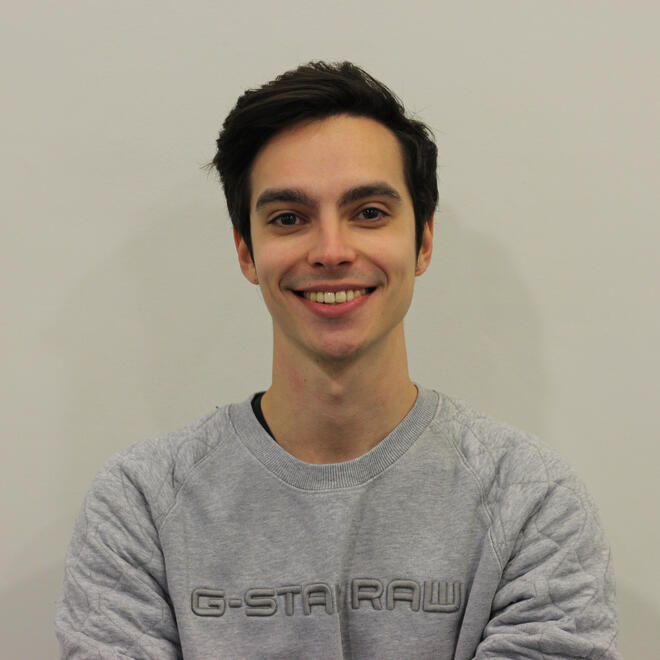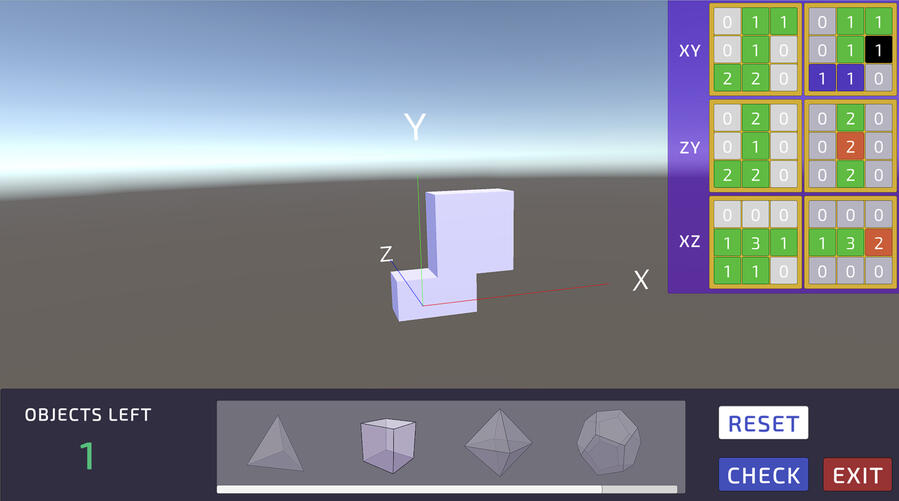
Oriol Sors
Game developer
I'm mathematician and computer scientist specialized in videogame development. My work spans from creating educational and serious games to entertainment projects. With expertise in Unity and C++ for in-house engines, I'm passionate about crafting immersive gaming experiences driven by innovation and learning.
Developed as part of a team of 24 students, the Axolotl Engine is a custom-built game engine using C++ and OpenGL. This was the main project for the UPC Master's Degree in Advanced Programming for AAA Video Games.Key Responsibilities and Achievements:
Engineered Frustum Culling and implemented algorithms for spatial partitioning (e.g., Quadtree) to optimize performance.
Led the integration of physics by wrapping the Bullet Physics library with our own class structure, enhancing usability for other development teams.
Designed and developed the complete camera system, incorporating fixed camera behavior with a proportional controller for seamless transitions and rotations.
Developed using the Axolotl Engine and programmed in C++. The project served as the capstone for the UPC Master's Degree in Advanced Programming for AAA Video Games.Main Contributions:
Implemented character rotation and physics-based mobility mechanics, finely tuned to interact with the camera system.
Devised and integrated dynamic camera sample points within levels to facilitate adaptive player camera movements.
Developed the hacking system for the character Allura, featuring an area of influence and timed completion challenges, seamlessly integrated with other game elements.
Created an elevator system used for enemy spawning and providing access to new zones within the game.
Mathematics and Computer Science final project, GeoBuild is an immersive serious game tailored for high school students, with a focus on enhancing their understanding of spatial geometry.
The game is developed using Unity 3D, with C# as the programming language, and Firebase integration.
Conducted rigorous testing for classroom integration, with an ongoing research paper documenting the process and outcomes.
Undertook an extensive study of Quaternions that can be verified in the report.
Players are engaged in collecting various pieces throughout 3 minigames, which they must assemble to create a three-dimensional structure, as predetermined by their teacher.
Challenges are incorporated into the gameplay, requiring players to solve geometric problems and recognize solid shapes, as well as their key attributes.
The game facilitates a dynamic and continuous student-teacher dialogue, allowing for game adaptability based on student needs. This interaction extends beyond the classroom, enabling teachers to track student progress in real time.



